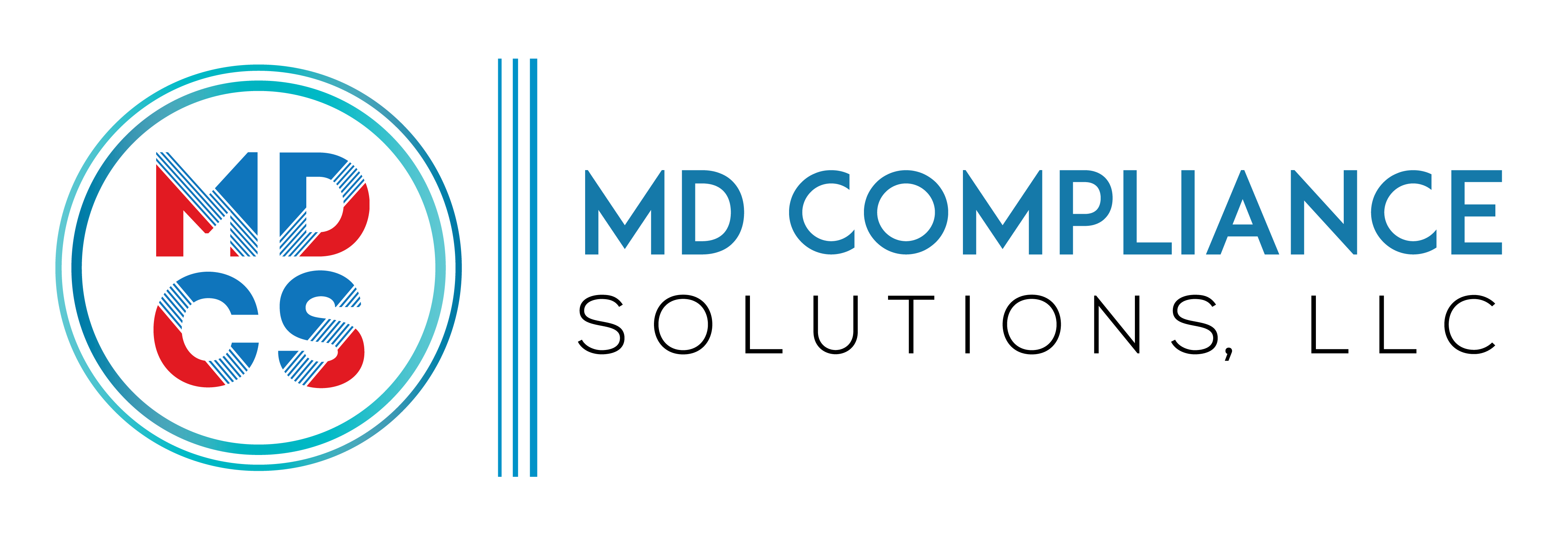Table of Contents
COB stands for coordination of benefits, which is another phrase used in the complex medical field. In healthcare, one area is extremely challenging, it is medical billing. Providers always put their extraordinary effort into providing care. A plethora of jargon and laws could be perplexing to anyone, as there are plentiful codes and regulations. In this blogpost, we will explain the definition of coordination of benefits, as well as the associated procedures and guidelines.
The Coordination of Benefits (COB) procedure is designed to simplify the medical billing services. It assists in preventing overpayment and redundant coverage. It is likely for some patients to have multiple health insurance plans. In the event that there are many payment plans, coordination of benefits (COB) contributions helps healthcare insurance providers determine their payment obligations or the proportion that each plan contributes to the range.
Put simply, benefit coordination assists payers in identifying primary and secondary health insurance policies. The primary health insurance plan pays first, of course. The supplementary health insurance plan offers extra coverage in case any additional costs need to be paid for. After utilizing the primary and secondary healthcare insurance in this instance, there is still some coverage; the patient is responsible for paying those costs out of pocket. The medical care, supplies, labor, or prescription drugs that insurance companies provide as a part of their plan benefits are referred to as “covered services.”
Why is coordination of benefits important?
When a person enrolls in two plans, coordination of benefits (COB) is required. Characteristic instances of requests for benefit coordination include:
- when a person is under 26 and enrolled in both their parent’s plan and their employer’s insurance.
- when a person is insured by a commercial insurance plan and has Medicare or Medicaid.
- when a child is covered by multiple parents or guardians.
- when an individual possesses both a marketplace plan and an extra plan.
- when a person is protected by both their employer’s policy and their spouse’s plan.
Patients’ experience with the medical billing procedure is made easier with the support of care coordination. The primary insurance company will cover treatment costs first when a patient asks for coordination of benefits. As previously said, the secondary supplier will pay for any additional costs that arise.
By doing this, it is made impossible to obtain benefits from many insurance companies twice. It assists in lowering insurance premium costs and averting circumstances in which the patient must make out-of-pocket payments as a result of inadequate payer coordination. It also enables providers to choose which policy—primary or secondary—should be billed by using coordination of benefits.

Rules for Coordination of Benefits
The Coordination of Benefits (COB) regulations differ based on your residence, the state in which you are registered, and—above all—the kind and extent of your insurance coverage. Certain employers might have policies in place. Nonetheless, there are a few standard rules:
- CMS only pays the balance due if a patient has multiple health insurance providers. Depending on the circumstances. Even as a primary or secondary payer, Medicare is flexible. A small business may also serve as the principal provider in this scenario.
- CMS does not view the Veterans Administration (VA) as a health insurance plan. They file claims with commercial or public health insurance companies for services, prescription drugs, supplies, and medical care. You have to utilize your spouse’s health insurance plan as your primary source of coverage if you have a VA plan.
- Spouses may also choose to have separate insurance policies in this situation. Your spouse’s insurance plan will take a secondary role to your employer’s insurance policy in this scenario.
- Let us imagine you have additional health or prescription coverage in addition to coverage under government programs like Medicaid and Medicare. In that scenario, a variety of circumstances will determine whether an individual bears primary or secondary culpability. Your age, the size of the business where you have employer coverage, and other factors are examples of factors. To find out what the appropriate sequence of coverage is, check the specifics of your insurance policy and coverage, or speak with your employer.
- A supplemental healthcare plan is provided by military coverage. For the Tricare Supplement, some federal government programs and state criminal compensation programs, it serves as the primary payer. In the event that a service member sustains injuries, their only option is military coverage.
- If an employee has health insurance through their job, that payer has precedence over all others, including Medicare and other insurance providers.
COB Example:
Consider a scenario when you see your doctor and are charged $250 for the visit. The major cost covered by your primary health plan. For illustration, let us pretend that is $200. The remaining $50 is paid by your backup plan.
Plans will not cover more than 100% of the cost of the medical service(s); hence, the total cost of treatment cannot be exceeded by the combined benefits in order to avoid overpayment or duplication.
Potential COB Drawbacks
In some cases, having various health insurance policies and coordinating benefits might be helpful; however, in other cases, COB’s drawbacks might outweigh its benefits. Using COB and having different insurance policies may not be the best option for the following reasons:
- Additional responsibilities that come with managing numerous plans and negotiating COB include coordination between different providers, more documentation, and a thorough awareness of the specific regulations and coverage of each plan.
- If the total premiums, coinsurance, and deductible copayments exceed the benefits, keeping multiple plans might not be the most economical option.
- To minimize surprises, carefully research the terms of your coverage and weigh the costs and benefits of each health plan before enrolling in multiples. Speak with your insurance provider(s) to find out the best course of action for your particular circumstance.
Wrap up
COB regulations specify how many health insurance plans collaborate to settle a single individual’s insurance claim. Coordination of benefits (COB) is a critical procedure in the complex world of outsourced medical billing that guarantees equitable and effective payment procedures. It also assures correct claim processing and prevents overpayments or duplicate payments. IT helps make the healthcare system more efficient and economical. Coordination of benefits is a critical step in the intricate medical billing process. In order to maximize payments and assist providers in navigating the medical billing landscape, MD Compliance Solutions offers effective medical billing services.
Read More: Learn Urgent Care Billing and Coding


